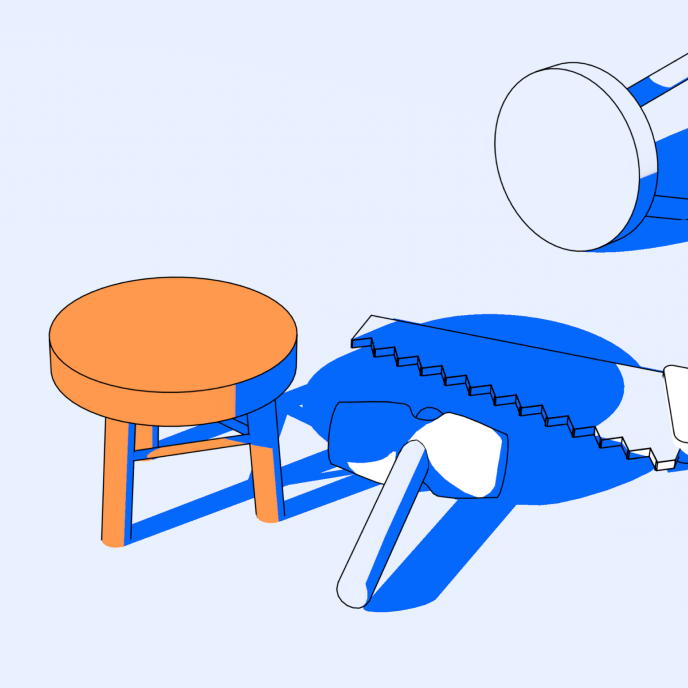
Collection
What is UX design? Skills, tools, and advice
UX Research Glossary / Design Comparison
Share
Design comparison is the process of evaluating multiple design options to see which one better meets defined goals, like usability, user satisfaction, task success, or conversion rates. It helps teams make informed, evidence-based decisions about which design performs best for users and aligns with business objectives.
While A/B testing and design comparison are both used to evaluate which design works better, they’re not the same.